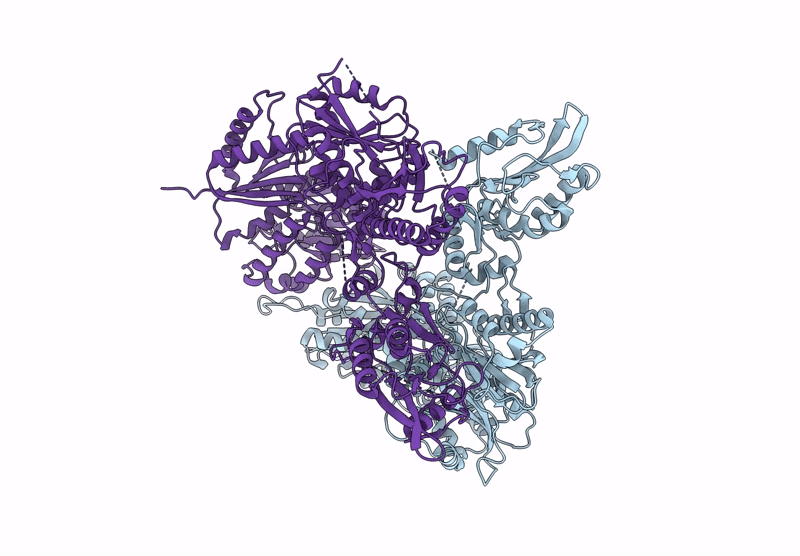
Deposition Date
2024-09-29
Release Date
2025-08-06
Last Version Date
2025-10-22
Entry Detail
PDB ID:
9JR9
Keywords:
Title:
Electronic microscopy structure of human schlafen14-E211A dimer
Biological Source:
Source Organism:
Homo sapiens (Taxon ID: 9606)
Host Organism:
Method Details:
Experimental Method:
Resolution:
2.84 Å
Aggregation State:
PARTICLE
Reconstruction Method:
SINGLE PARTICLE


